I grabbed my Dad and informed him that even in the Arctic Circle there were Armenians.
Svalbard, an isolated Norwegian island, lies in the Arctic Ocean between 74 and 81 degrees north latitude. During the summer the sun does not set for 99 days, and darkness reigns for 84 days in the winter. The 3,000 or so people that call Svalbard home are considered to live in the northernmost settlement in the world. The majority can be found in Longyearbyen, the de facto capital, while the second largest settlement is Barentsburg with 400 inhabitants.
Despite Svalbard being under Norwegian sovereignty, the lingua de Franca of Barentsburg is Russian. A unique treaty signed in 1920 allowed all signatories to exploit Svalbard’s resources; the only country to have taken advantage of this was Russia.
Barentsburg was originally founded as a Dutch settlement in 1920, but sold their concession to the Soviet Union in 1931. The Soviets—now Russians—have maintained a presence there since then mining coal. The coal is mined by the Russian state-owned Arktikugol Trust, which exports its coal primarily to northern Europe. Everything in the settlement is heavily subsidized, from housing to electricity, resulting in a financial loss to Moscow; yet it allows Russia to maintain a presence in this part of the world. Despite this Russian influence, Barentsburg still maintains both a Norwegian address and phone numbers.
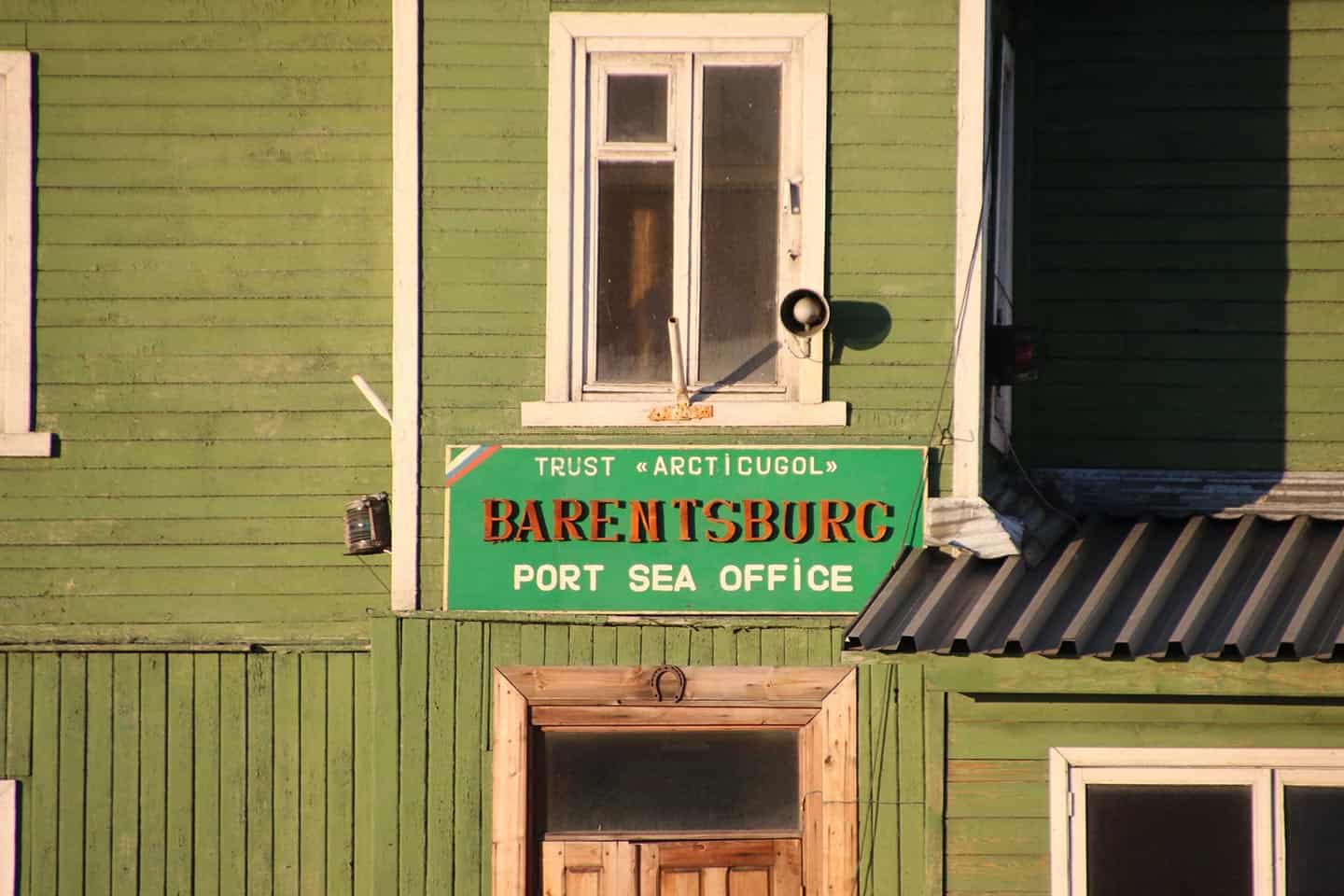
This isolated mining village has created its own Russian ecosystem. An onion-domed Russian Orthodox Church rests in the settlement, built in honor of 140 miners who perished in a 1996 plane accident. Barentsburg has everything from an Olympic-sized swimming pool to a school, to the northernmost diplomatic mission in the world, the Russian Consulate. No roads lead to this settlement; it can only be reached via boat, snowmobile, or helicopter. Most supplies and food come directly from mainland Russia, and the settlement uses an electronic cash card to make transactions. (One might want to consider using the cash card at the northernmost brewery in the world, the Red Bear Brewery.) Barentsburg is also attempting to bring in its share of the global tourism dollar. A new hotel has been built, and visitors are free to peruse the souvenir shop or catch a performance at the cultural center.
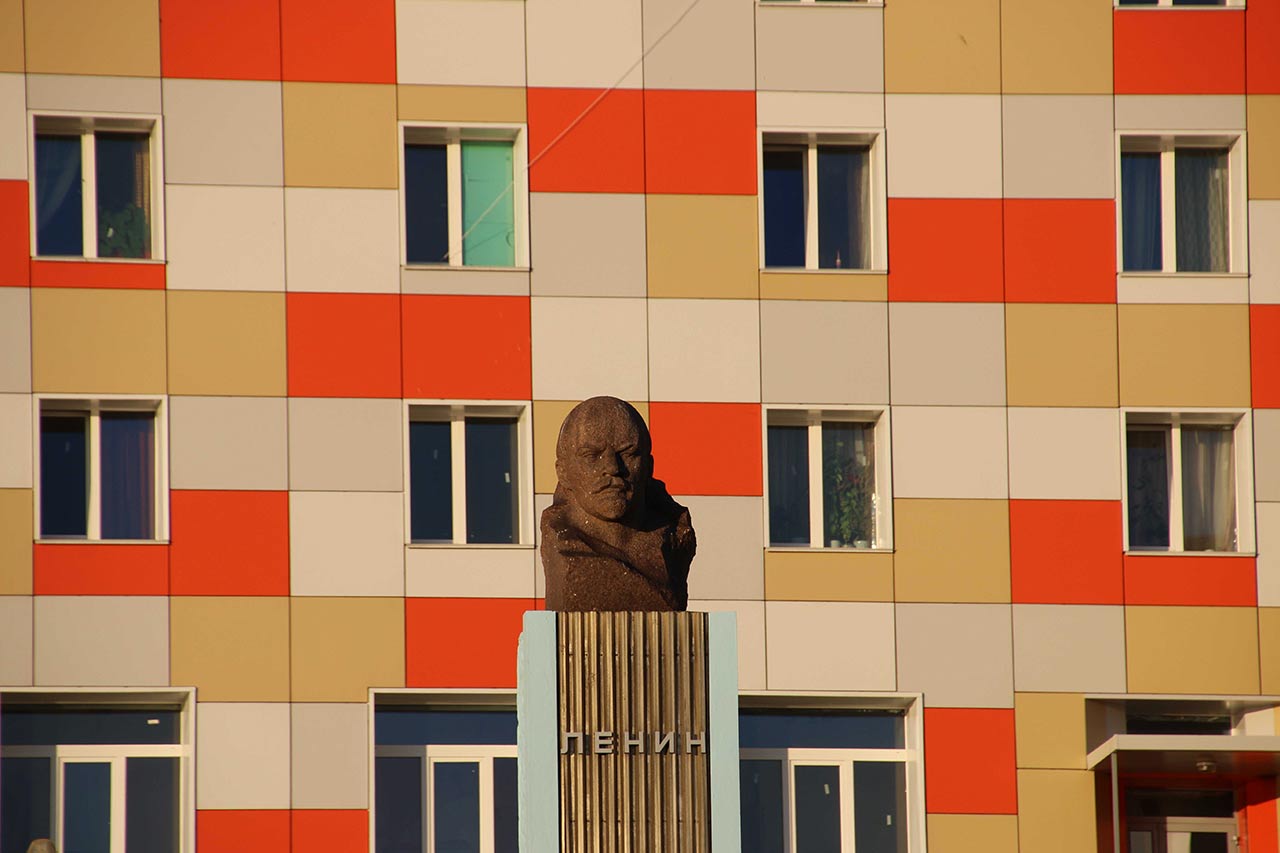
I cannot imagine spending my next long weekend vacationing in Barentsburg, but it was a fascinating place to visit for a couple of hours. The settlement appeared to be stuck in a Soviet time warp. Soviet-like propaganda hugged the walls of the buildings. A plaque highlighted the revolution of 1917. A large Lenin bust hogged the town’s spotlight. (Difficult to believe, but this Lenin statue is not even the most northern statue. A nearby abandoned Russian mine claims that title.).
As we strolled around Barentsburg, my tour guide, Yuliya, shared with us the pan-Soviet nationality breakdown of the mining workforce. The majority of the workforce hailed from Ukraine, followed by Russia. Rounding out the settlement was a group of 20 from Armenia. My ears perked up. Armenia? My ethnic homeland. I grabbed my Dad and informed him that even in the Arctic Circle there were Armenians. (My Dad and I were vacationing on a cruise to Svalbard and Greenland.)
As the official tour ended, my Dad and I strolled down “Main Street” in near-freezing weather. As I stopped to take a picture of a building, I noticed a dark-haired man step out onto a balcony. He puffed a cigarette. In the cold, both his breath and cigarette smoke were visible. I had a feeling.
I meandered over and shouted a greeting in Russian: “Sdrastvuite (Hello).” He responded in kind. “Kak tebya zavoot? (What is your name?)” I asked. He responded, “Vartan.”
A giant smile crossed my face. “Duk Hye ek (Are you Armenian)?” Vartan quizzically replied “Ayo (Yes)” My smile appeared again. “Yes Hye em.” “Akhper jan, arri, arri (I’m Armenian. Come in brother)!” he barked excitedly.
My Dad and I entered his living quarters, relaxed on a worn couch, and shared and swapped stories. The seven Armenians from Gyumri surrounded us. Employing my awful Eastern Armenian and my Dad’s dated Western Armenian, we learned about these unlikely residents in one of the world’s northernmost settlements. As you might imagine, the harsh economics of Armenia drove them to this Russian mining town. The salary was several factors higher than what they would have earned in Gyumri. The group of Armenians was part of the construction and repair crew in Barentsburg, avoiding the harsher environment of the mines. The men spend six months in Svalbard and three months off in Armenia.
As an avid traveler I am always meeting Armenians, from Bangkok to Rio de Janeiro to Kolkata. But meeting Armenians at the roof of the world was a surprising and surreal experience.
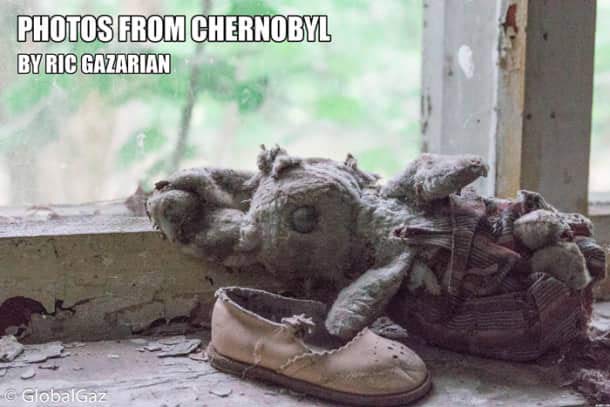
Photos From Chernobyl
Sign up to receive your free copy of Photos From Chernobyl. Over 100 photos from the Chernobyl Exclusion Zone.

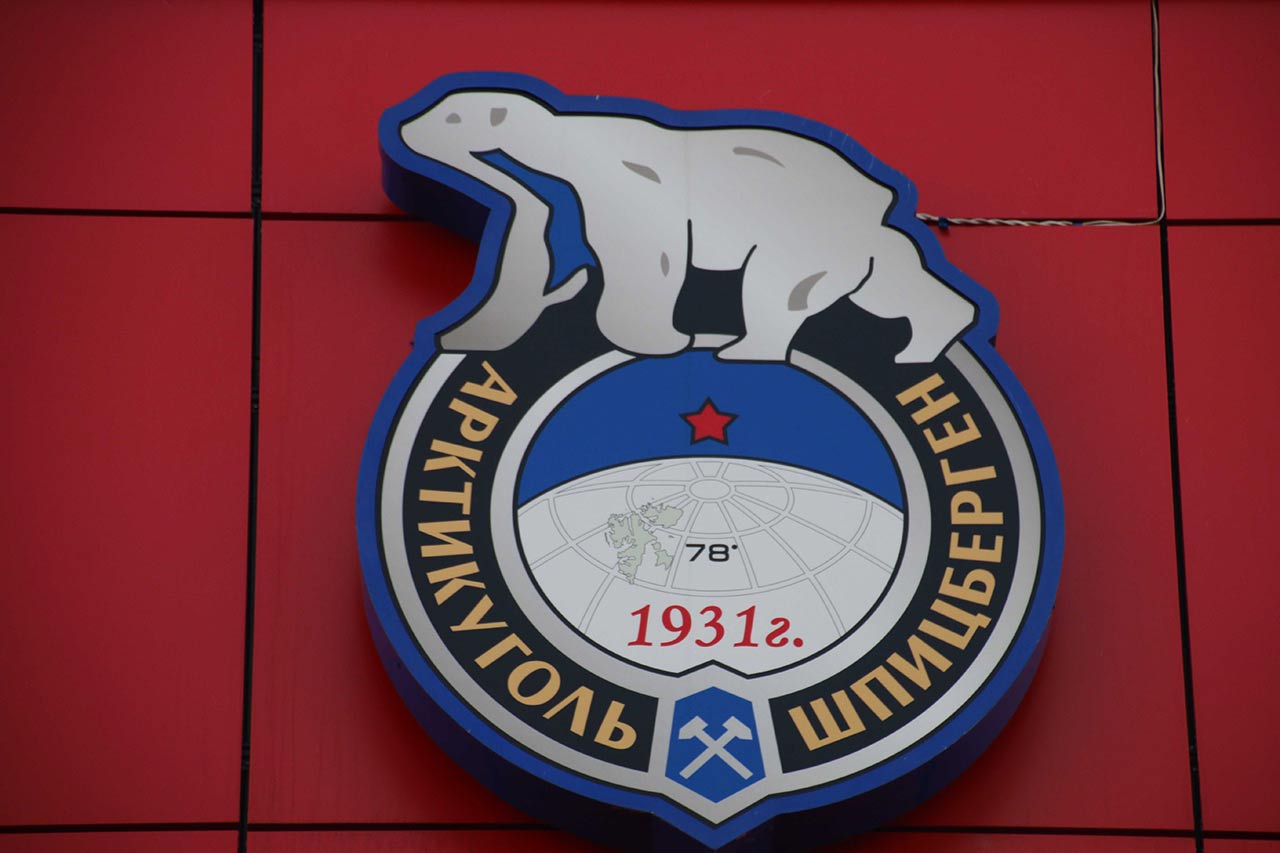



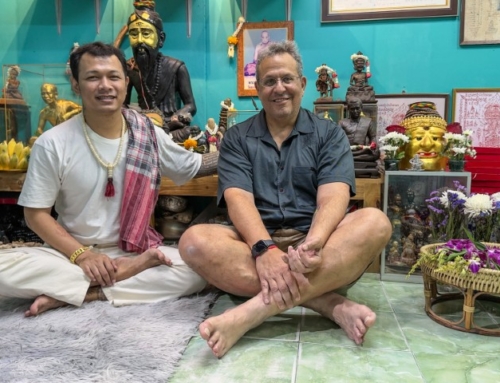
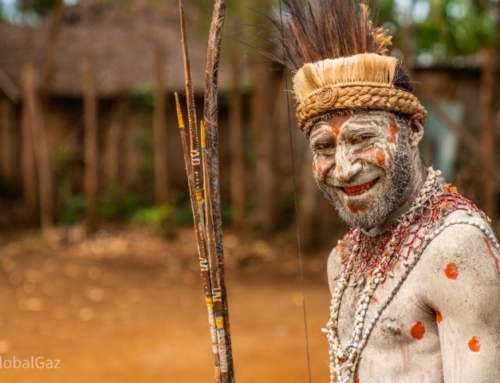
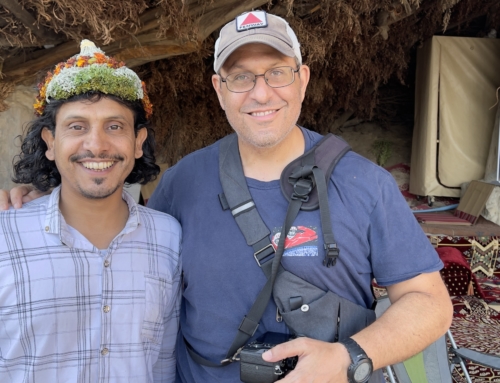
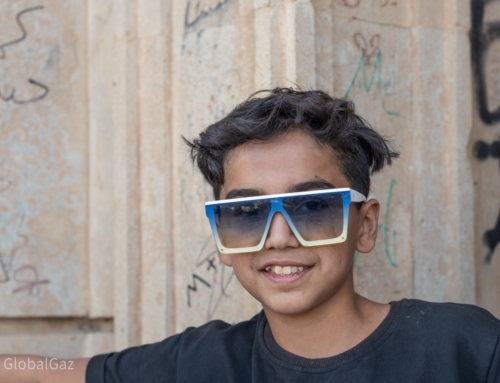
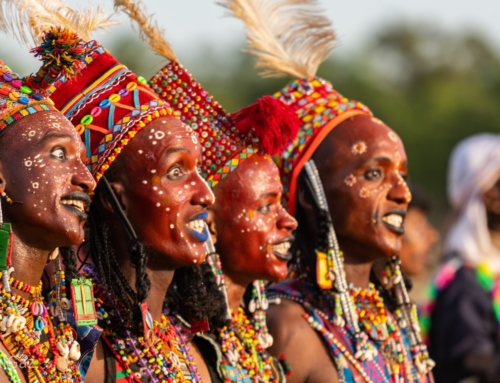
Leave A Comment